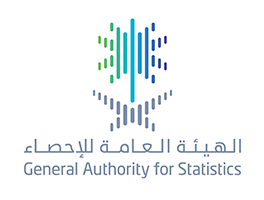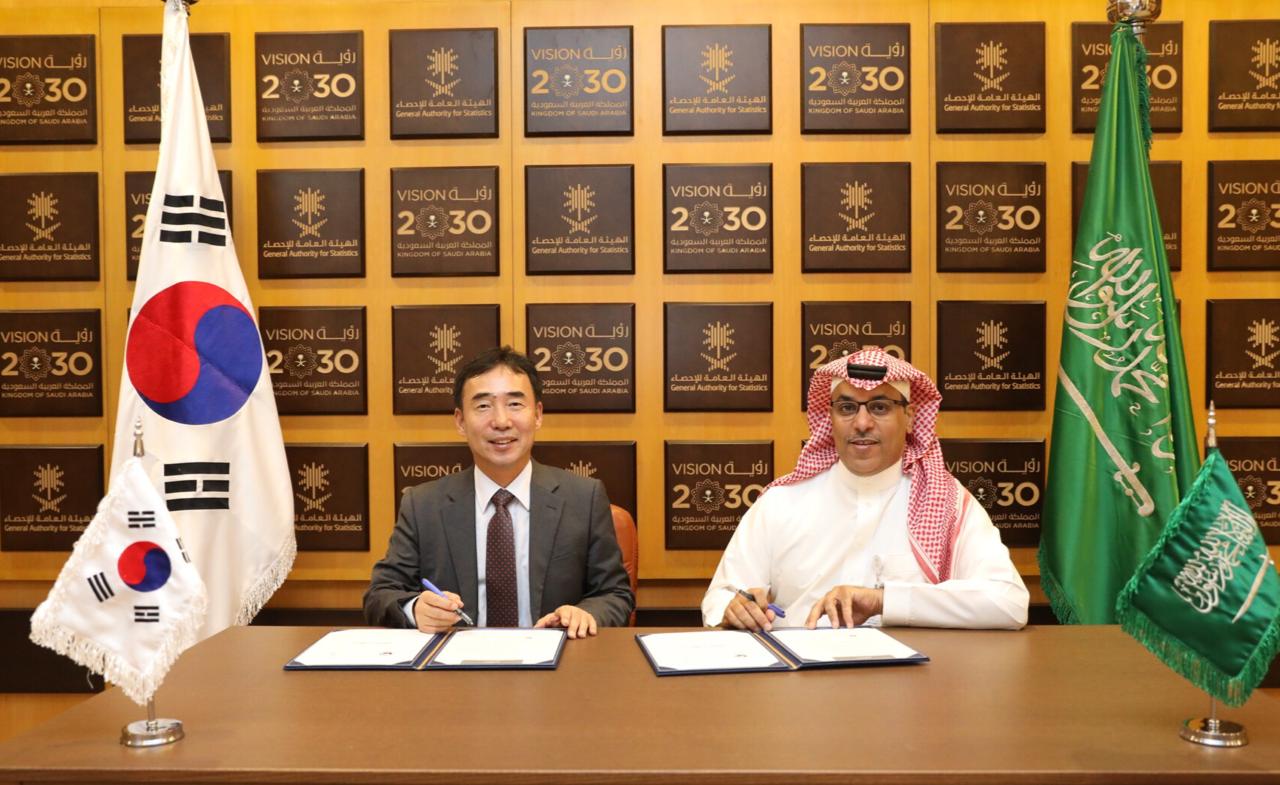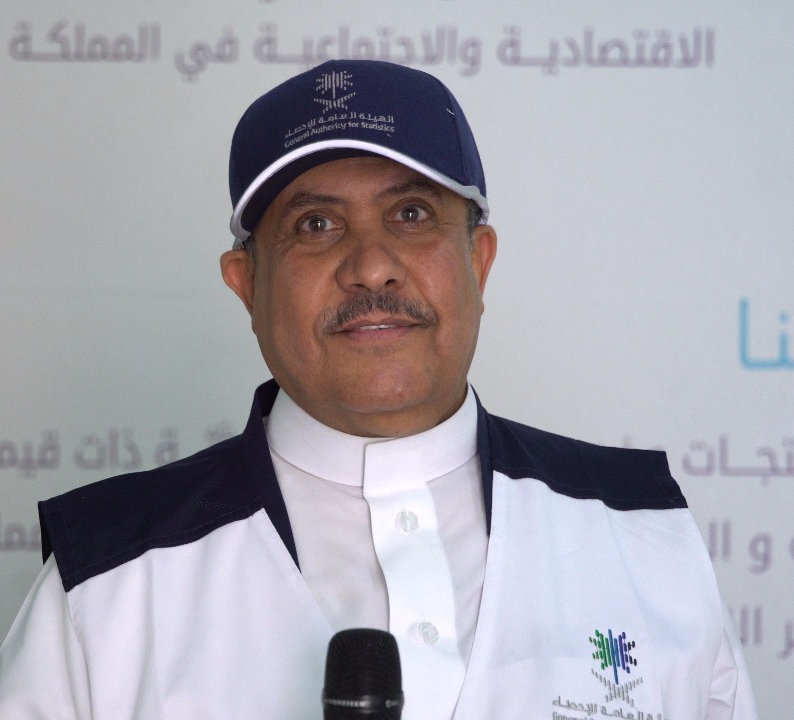Collaboration between Ministry of Health, GASTAT, and Saudi Health Council to Provide Health Database for Development Support
21-09-2018
To prepare 189 health indicators and to establish a national monitor for health indicators
Collaboration between Ministry of Health, GASTAT, and Saudi Health Council to Provide Health Database for Development Support
With the aim of improving health indicators, Ministry of Health, GASTAT, and Saudi Health Council are working together to provide 189 health indicators through field and register-based statistical works, supporting the establishment of the national monitor for health indicators, preparing and publishing statistical health reports, meeting international, regional and local requirements of health indicators specially those related to World Health Organization (WHO) or to the Sustainable Development Indicators. More importantly, providing a health database that can be used by policy and decision makers and can also support researchers and those who are interested in the social field in general and in health in particular.
In addition, official spokesman of GASTAT, Tayseer AL-Moferraj, clarified that the integrated work between the three entities comes from the joint responsibility for health data and information in Saudi Arabia. On the other hand, GASTAT is the official statistical entity and regulator responsible for statistical works at the national level. Also, it is responsible for collecting data and information from the administrative records available at public entities and private establishments. Not to mention its responsibility in classifying and analyzing data as well as extracting its indicators. Moreover, GASTAT found a complete and a comprehensive combination of national statistical database of various fields in addition to centralized information system that is automatically linked with all public entities. On the other hand, Ministry of Health is the responsible entity for providing, assessing and evaluating health care services in Saudi Arabia. It also collects vital and health data about health activities, prepares related reports and makes, conducts and analyzes studies and scientific researches. At the same time, Saudi Health Council is in charge with studying and evaluating the level of health services. It is also concerned with establishing the national monitor for health, identifying the requirements of health sector, taking the necessary recommendations about distributing all types of health services in Saudi Arabia as well as improving the quality of health services.
AL-Moferraj added that the joint work which started with a number of meetings for the technical teams from the three entities has included cooperation, coordination, and provision of statistical and technical support to improve the national monitor for health, exchange data and health indicators that serve the production of national statistics and statistical database by linking the related entities through the Global Safety Network (GSN). Additionally, the joint work will also support the requirements of statistical field works as well as provide and improve data and statistical indicators given by the related entities and set for the statistical data program “Masdar”.
On the other hand, Tayseer AL-Moferraj clarified that the 189 health indicators that are going to be prepared and produced will contain new indicators as well, all of which are within Saudi Arabia’s commitment to publish health indicators related to the Sustainable Development Goals (SDG), such as: adults between (15-60 years old) mortality rate, under-five children mortality rate, infants mortality rate, newborn mortality rate, tuberculosis mortality rate, total fertility rate, new cases of vaccine-targeted diseases, cancer incidence rate, rate of exclusive breastfeeding for 6 months, prevalence of anemia among children, pollution level in cities, prevalence of hypertension among adults (18 years and above), diabetes among adults (18 years and above), salt intake for adults (18 years and above), lack of physical activity among adults (18 years and above) ( including teenagers), request for health care due to pneumonia, the coverage rate for each vaccine included in the nationally approved immunization schedule, easy access to health service (which means the percentage of individuals who live 5 Km away from a health facility), total expenditure on health (as a percent) of GDP, and other indicators that can be utilized for health planning.
It is worth mentioning that GASTAT has released the report of Household Health Survey 2017 results last July. It includs more than 85 indicators of health and social phenomena as well as household health in Saudi Arabia; in cooperation with the Ministry of Health. The above-mentioned report which was published on GASTAT website contains a number of indicators related to the health status in Saudi Arabia in addition to childhood and motherhood indicators and other indicators about the community’s healthy lifestyle. The report also includes data about smoking phenomena, accidents injuries, studies related to marriage, family planning, fertility and children mortality.















